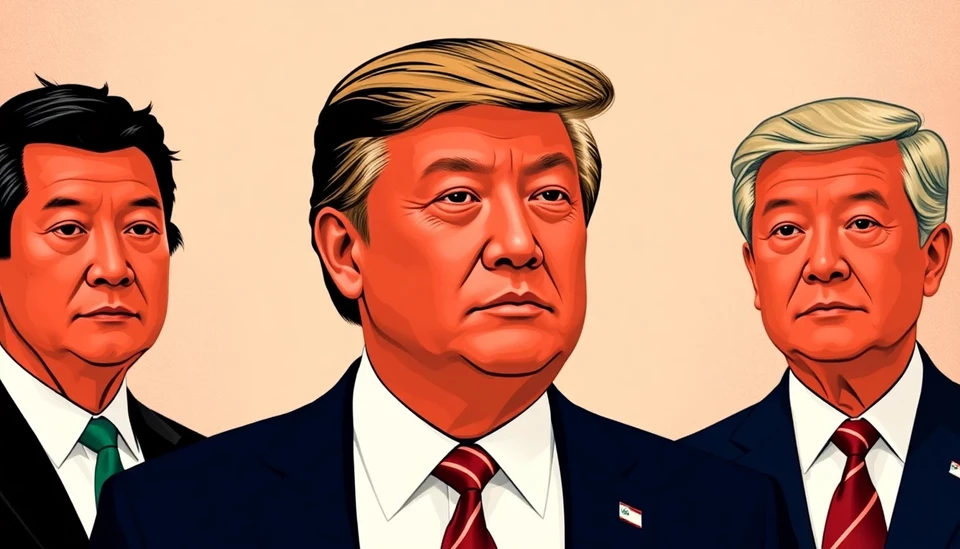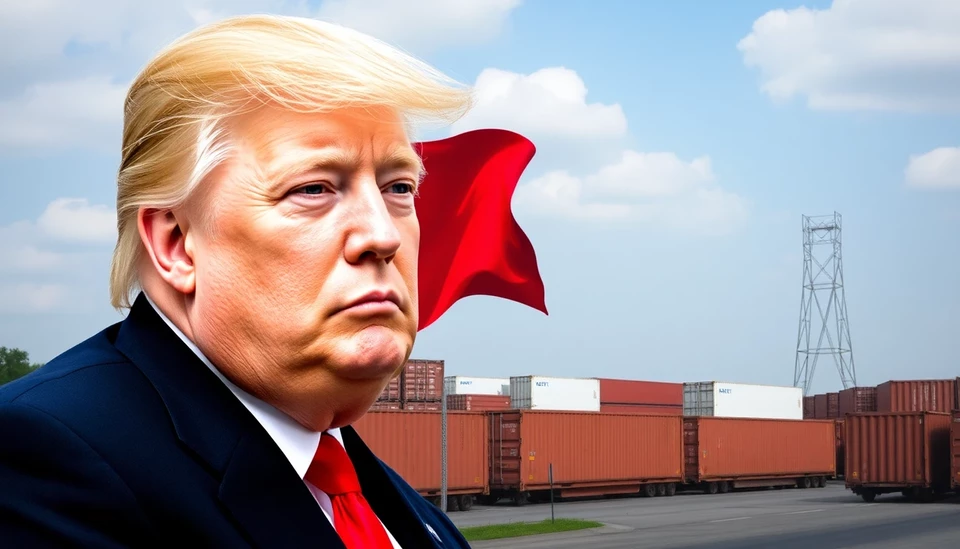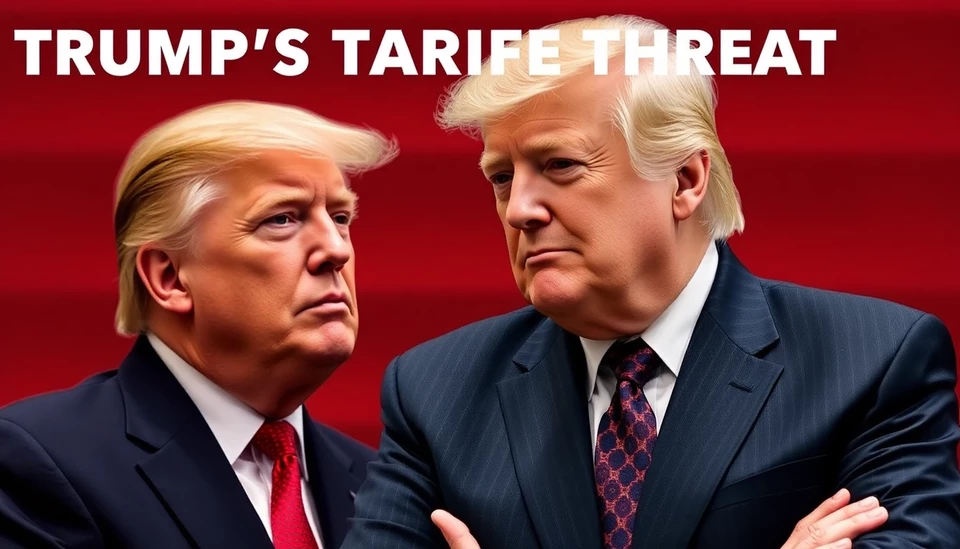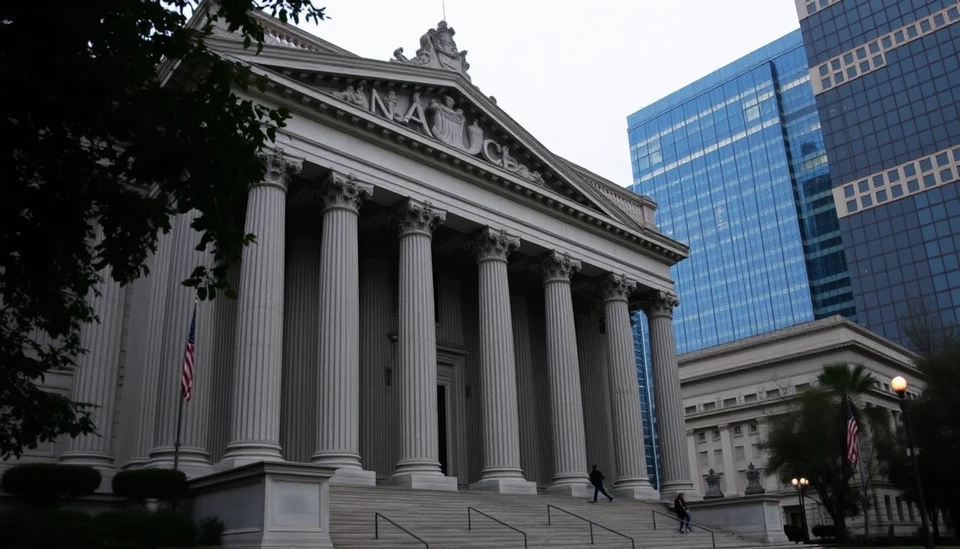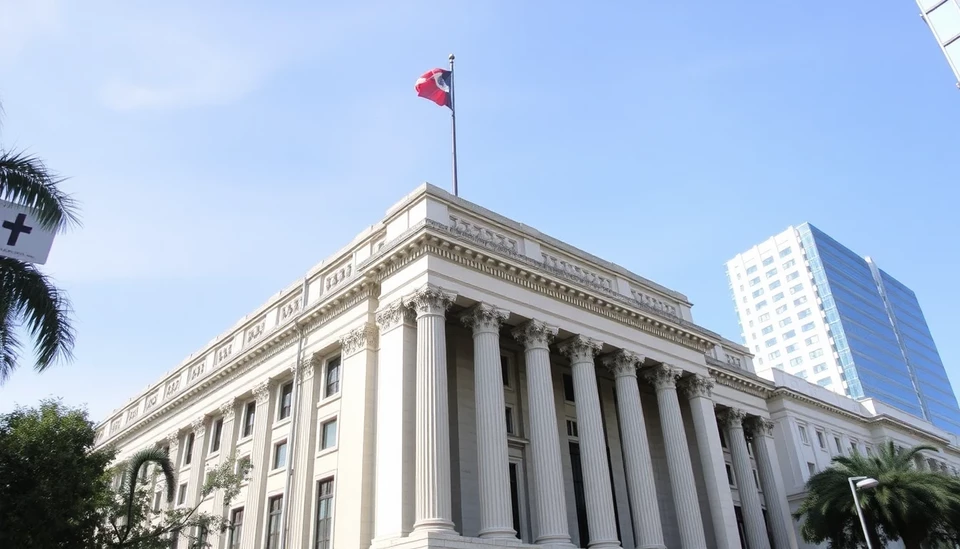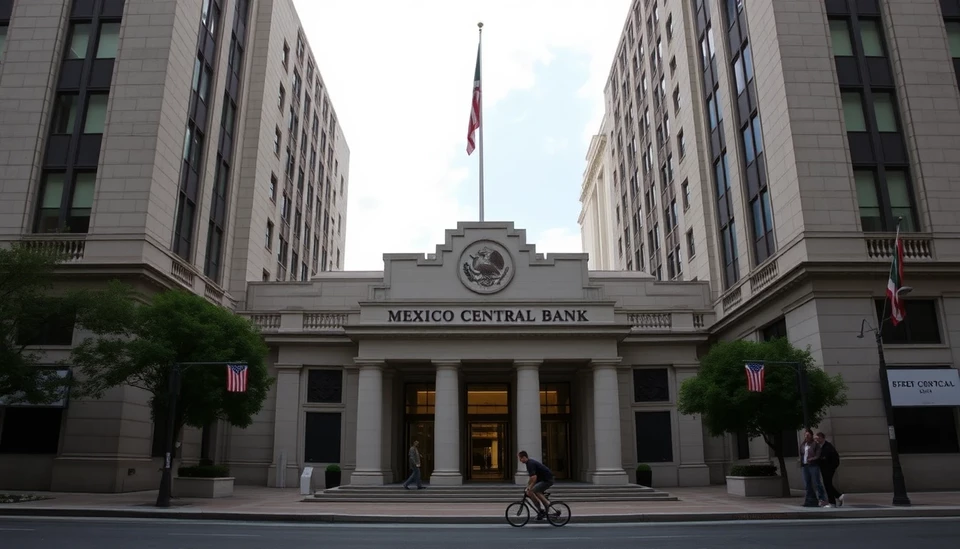
In a significant economic shift, Mexico's central bank is exploring the possibility of easing its monetary policy in response to the rising pressures from tariffs imposed by the United States. As trade tensions escalate, the Bank of Mexico faces a complex dilemma that could impact the nation's economic trajectory in 2025.
The consideration for a policy shift comes as the Mexican economy grapples with various challenges, including sluggish growth and heightened uncertainty stemming from U.S. trade policies. The tariffs, aimed at Mexican goods, have the potential to dampen export activity, creating a ripple effect throughout Mexico's economy.
As analysts scrutinize the implications of these tariffs, central bank officials are weighing their options. The goal of any potential easing would be to stimulate growth and provide support for local businesses affected by external pressures. Sources suggest that the Bank of Mexico might lower interest rates to foster a more favorable borrowing environment, thereby encouraging consumer spending and investment.
This monetary policy consideration is not withstanding the central bank's primary mandate of maintaining inflation within target levels. Historically, the Bank of Mexico has prioritized controlling inflation to secure economic stability. However, the ongoing threat from U.S. tariffs might compel the institution to adopt a more flexible stance.
Economists note that any decision to ease policy would need to be balanced carefully against the potential for rising inflation, particularly as supply chains remain disrupted due to the ongoing trade disputes. The central bank's responsiveness to these challenges will be closely monitored by both domestic and international observers.
The repercussions of the U.S. tariffs extend beyond monetary policy; they are also influencing Mexico's broader economic strategies. The government may need to explore alternative markets and diversify trade relationships to mitigate the impact of U.S. policies. This multifaceted approach is essential for safeguarding the economic interests of the nation.
In summary, as Mexico navigates this critical juncture, the central bank's potential shift in monetary policy signifies a broader struggle against external economic pressures. The outcome of these deliberations could play a pivotal role in shaping Mexico's economic landscape in the coming years.
#MexicoEconomy #CentralBank #MonetaryPolicy #USTariffs #EconomicGrowth #TradeTensions
Author: Daniel Foster
